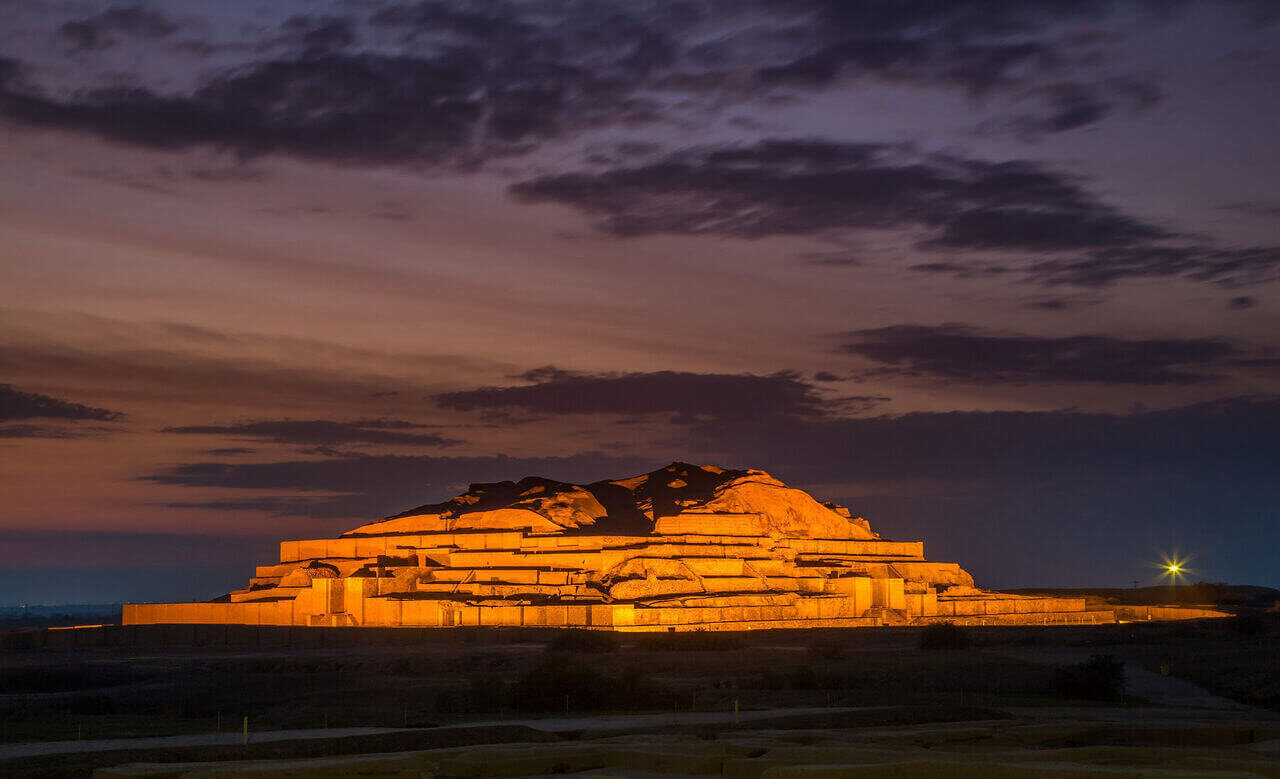UNESCO-listed Tchogha Zanbil to welcome sightseers at night

TEHRAN – Plans are underway to launch overnight visits to the UNESCO-designated Tchogha Zanbil, which is a lesser-known ziggurat located in southwest Iran.
The initiative, spearheaded by the site director, Atefeh Rashnoi, aims to provide visitors with the unique opportunity to experience the historical marvels of Tchogha Zanbil after sunset. It is anticipated that this scheme will be operational within the next two months.
During a recent meeting at the House of Humanities Thinkers, Rashnoi unveiled comprehensive measures to facilitate overnight visits to Tchogha Zanbil. These measures include the installation of essential facilities and the development of infrastructure necessary to accommodate visitors during nighttime hours.
The scheme's implementation involves the introduction of adequate lighting, security arrangements, accommodation facilities, and guided tours tailored for the unique experience of exploring Tchogha Zanbil after dark.
Additionally, Rashnoi expressed plans to enhance digital content, providing visitors with comprehensive information and insights into the site's historical importance.
Speaking passionately about the project, Rashnoi stressed the significance of preserving the rich heritage of Tchogha Zanbil while concurrently enabling a more immersive and educational experience for visitors.
"This initiative seeks to unveil the mysteries of Tchogha Zanbil under the night sky, offering a transformative experience that intertwines history, culture, and modern-day accessibility," remarked Rashnoi.
The project has harvested support from local activists and heritage preservation advocates in Khuzestan, underscoring the community's dedication to showcasing the site's cultural importance.
Rashnoi expressed optimism that with the concerted efforts of the site's management team and the collaboration of stakeholders, the overnight visitation scheme will be operational within the targeted two-month timeline.
The anticipated launch of overnight visits to Tchogha Zanbil marks a significant milestone in promoting cultural heritage and tourism in Iran. It is assumed to offer an unparalleled opportunity for visitors to engage with the site's ancient wonders in a novel and captivating manner, further solidifying its place as a global cultural treasure.
Construction of the ziggurat started in c. 1250 BC upon the order of the Elamite king Untash-Napirisha (1275-1240 BC) as the religious center of Elam dedicated to the Elamite divinities, Inshushinak and Napirisha.
The ziggurat overlooks the ancient city of Susa (near modern Shush) in Khuzestan Province. Reaching a total height of some 25m, the ziggurat was used to be surmounted by a temple and estimated to hit 52m during its heyday. The ziggurat is located approximately 30 km southeast of Shush and 80 km north of Ahvaz.
UNESCO says that Tchogha Zanbil is the largest ziggurat outside of Mesopotamia and the best preserved of this type of stepped pyramidal monument.
Tchogha Zanbil was excavated in six seasons between 1951 and 1961 by Roman Ghirshman, a Russian-born French archeologist who specialized in ancient Iran. It bears testimony to the unique expression of the culture, beliefs, rituals, and traditions of one of the oldest indigenous communities of Iran.
Ziggurats, in general, are pyramidal stepped temple towers that bear architectural and religious characteristics of the major cities of Mesopotamia from approximately 2200 until 500 BC. They were usually built with a core of mud brick and an exterior covered with baked brick. Approximately 25 ziggurats are known, being equally divided among Sumer, Babylonia, and Assyria, according to Encyclopedia Britannica.
AFM
